Mixer Inputs and Outputs
DJ Mixers found in nightclubs have to adapt to perform with all sorts of DJ’s over the course of their working lifetime. Unlike DJ controllers that are designed just be used with a laptop the majority of the time, a stand alone mixer has to be able to accommodate a range of devices and DJs. It’s for this reason that the back of a professional mixer can look a little daunting to the first time user.
Inputs
Line – RCA connections connect line-level devices. Examples of line-level devices include CDJ’s, iPods, Phones and Controllers.
Phono – Phono connections feature pre-amps or phono stages as they are otherwise known. The pre-amps not only boost the signal received from a turntable but also equalise it. Don’t plug anything other than turntables into these connections, despite the fact they are also unbalanced RCA’s.
Digital – Rather than carrying the electrical signal of the sound, digital connections carry data. The mixer then decodes the digital signal and converts it to analogue audio. This connection allows full stereo sound to be transmitted by just one wire.
Microphone – Mic signals, much like phono use a pre-amp to boost their signal. Microphones usually use an XLR or TRS connection. Most DJ mixers feature combo sockets which are XLR with a TRS in the centre to give DJ’s the option.
USB – Used as an input and also an output, this digital connection allows users to connect the mixer to a computer and use its internal sound card.
The USB allows computers to send and receive music to the mixer.
This enables computers to record the DJ’s performances should they need. Some high-end mixers now feature two USB ports for back to back laptop performances or one laptop recording the others set. The USB port can also transfer MIDI data to allow the mapping of the mixers buttons to functions within performance software and the send and return of accurate BPM information to the mixers effects unit.

Outputs
Booth – Connected via balanced mono TRS or XLR connections, these connections allow you to connect a set of speakers that reside inside the DJ booth. The booth volume is independent to the master, allowing the DJ to hear more or less than the crowd should they need to.
Master Out – The master out sends the final mix to the speakers. Professional mixers output via balanced XLR connections. Most mixers will also output to unbalanced RCA’s as Master 2. Although not very common, some DJ mixers will offer a digital master out, connected via a single coaxial cable.
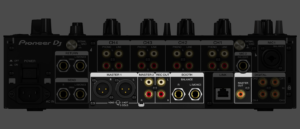
The outputs on a Pioneer DJ DJM900nexus Mixer
MIDI Out – The MIDI out port sends midi clock data to external synths and drum machines. Being at the start of the MIDI chain, the mixer acts as the master MIDI clock. The mixers effects unit sets the MIDI clock BPM value.
Headphones – Headphone use unbalanced TRS cables. Found in 1/4 and 1/8th inch sizes.
Other Connections
Send/Return Loop -Send and Returns output sound to external effects units and then route them to the master out. Both send and return use TS connections.
Some more professional mixers such as the Allen & Heath Xone 96 and PLAYdifferently MODEL1 feature more than one send and return loop. More modern Pioneer mixers can perform a send/return via a USB connection for software-based effects units.
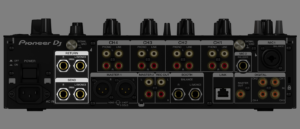
The Send and Return ports on a Pioneer DJ DJM900 Nexus mixer
Grounding Posts – Grounding posts are metal poles with thumbscrews. They are used to earth turntables, reducing feedback. It’s always preferable to ground your turntables to devices plugged into the same power sockets as them, making the mixer usually an ideal choice. Note these can be called Signal Ground on some mixers.
Link Port – The link port connects mixers to other devices such as samplers and players for the sharing of beat grid information. Some mixers have more than one link port to act as a hub, allowing numerous players to share information.
Getting Ready To Gig!
Most DJ’s end goal is to play in bars, clubs, or festival stages. The one thing all these places have in common is Pioneer DJ Equipment. Nearly all clubs and venues will have a set of CDJs and knowing your way around them is essential to becoming a confident club DJ.
If you’re used to playing with a controller in your bedroom, moving on to a set of CDJs and a mixer can feel daunting. The buttons are in different places, they connect differently, and you may want to choose between using USB sticks or a laptop to DJ. All these things bring challenges; however, inside this course, we will arm you with the tools and techniques for stepping up to a pro DJ setup and playing quickly.
This course is for any DJ who wants to feel confident using a CDJ set-up. Perfect for those DJs making their first steps into the booth and starting their career or for seasoned DJs who think they don’t know the club equipment inside out yet.
10 hours 31 lessons Intermediate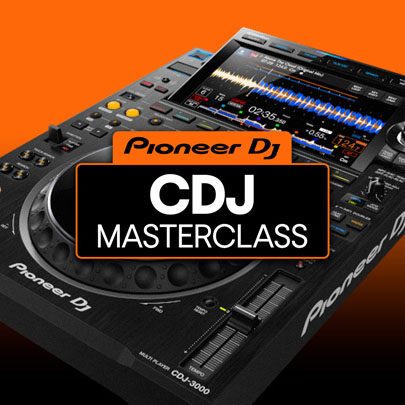
Pioneer CDJ Masterclass
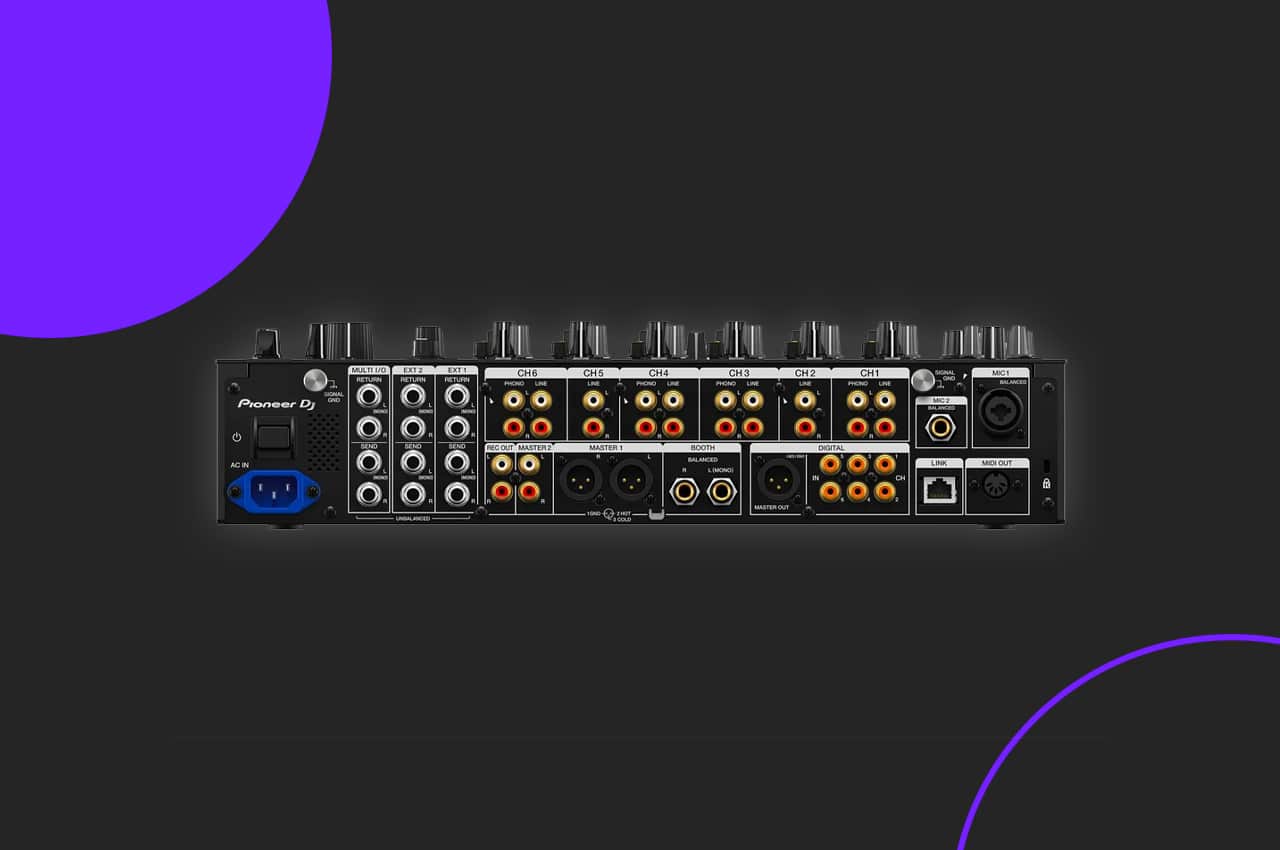
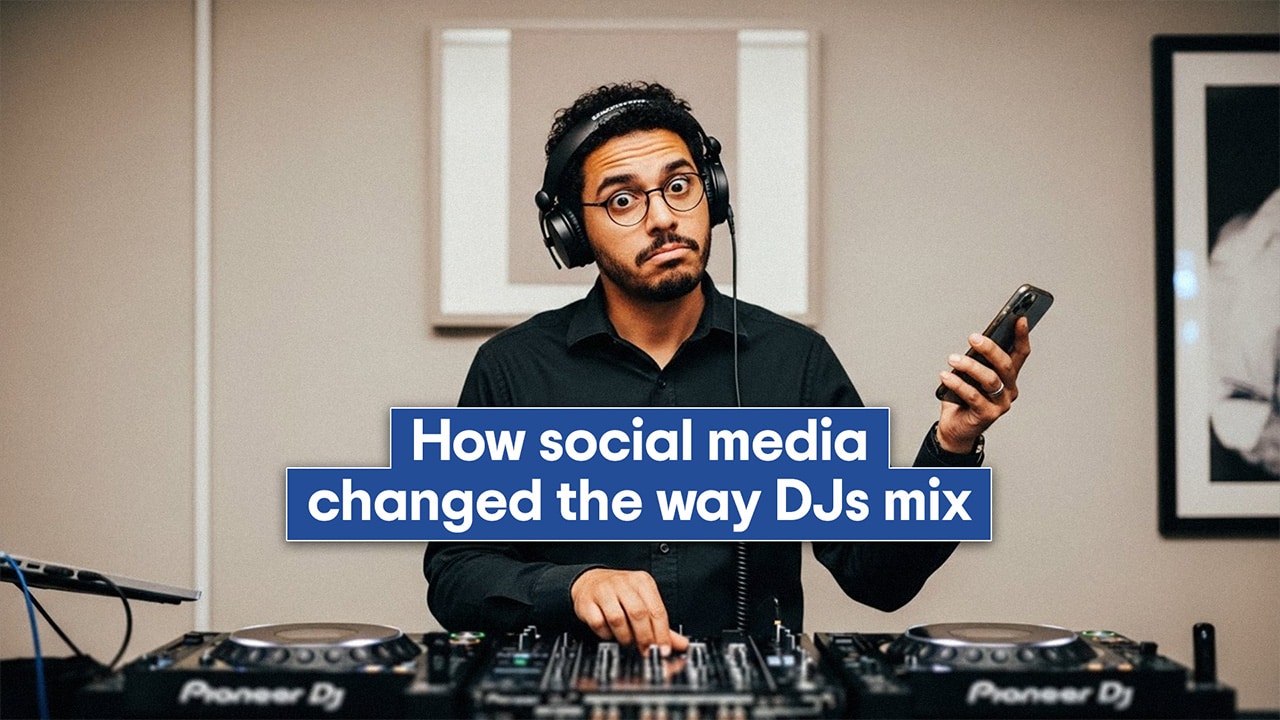
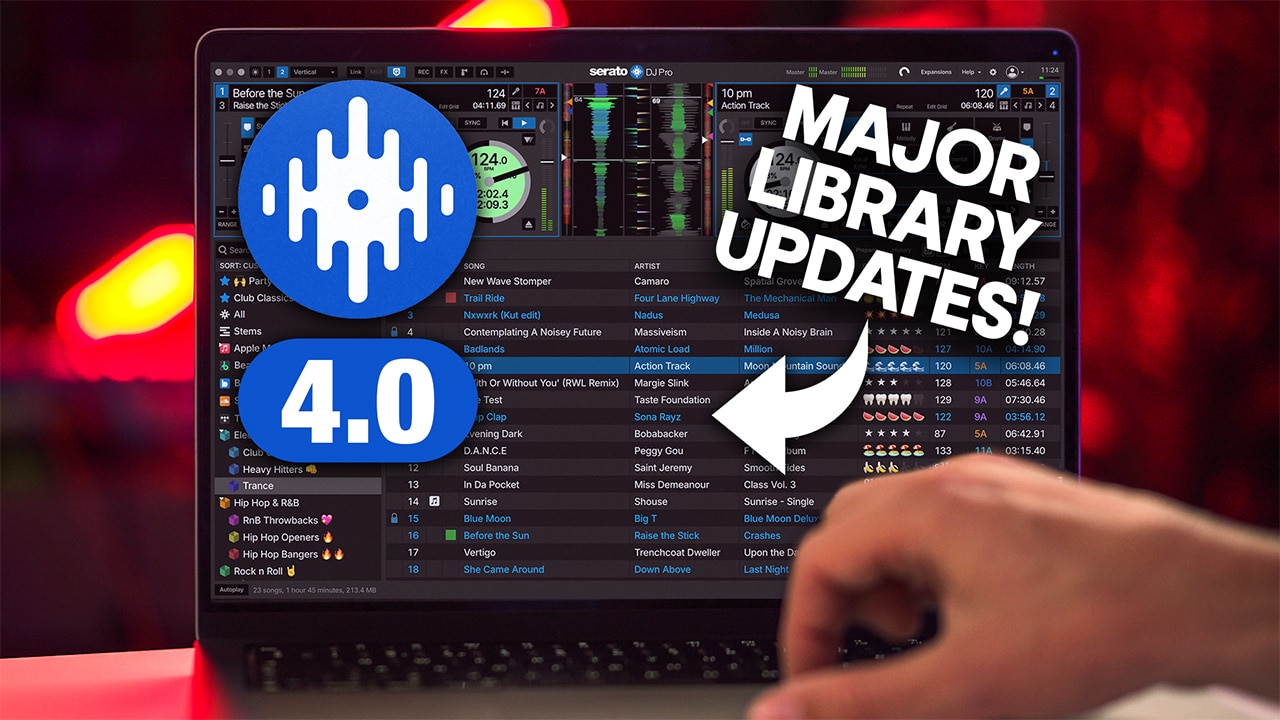
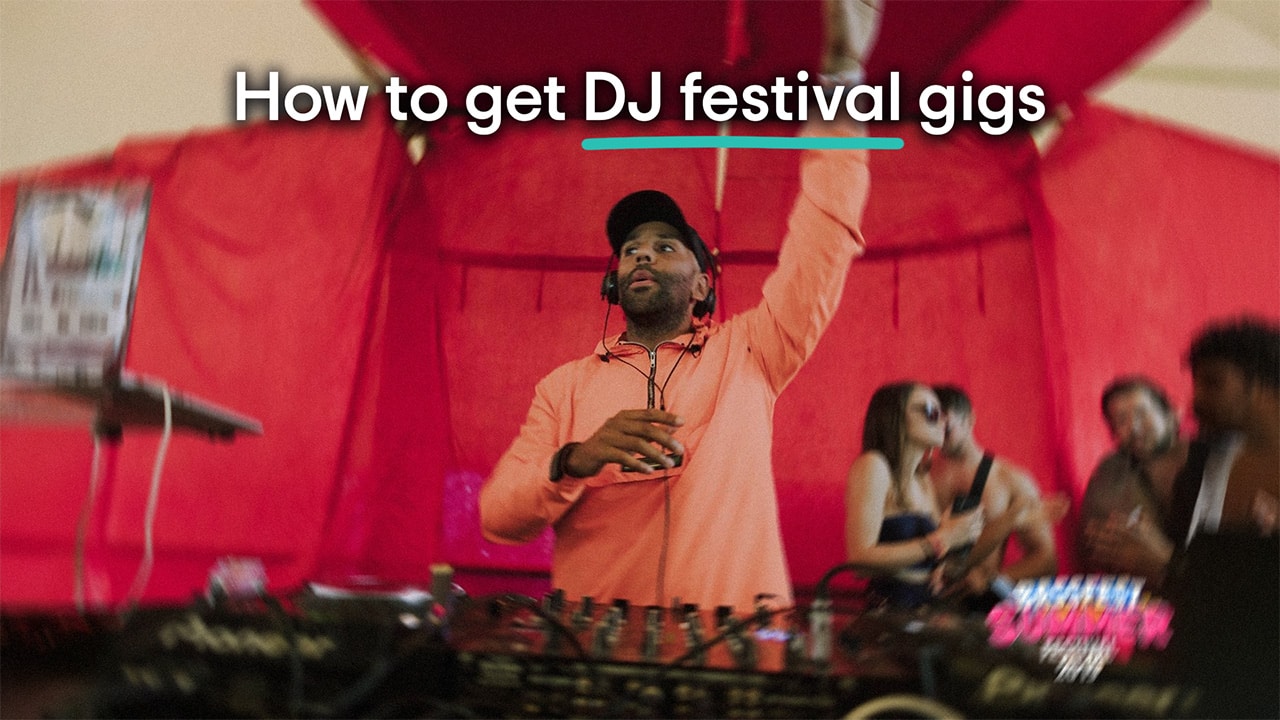
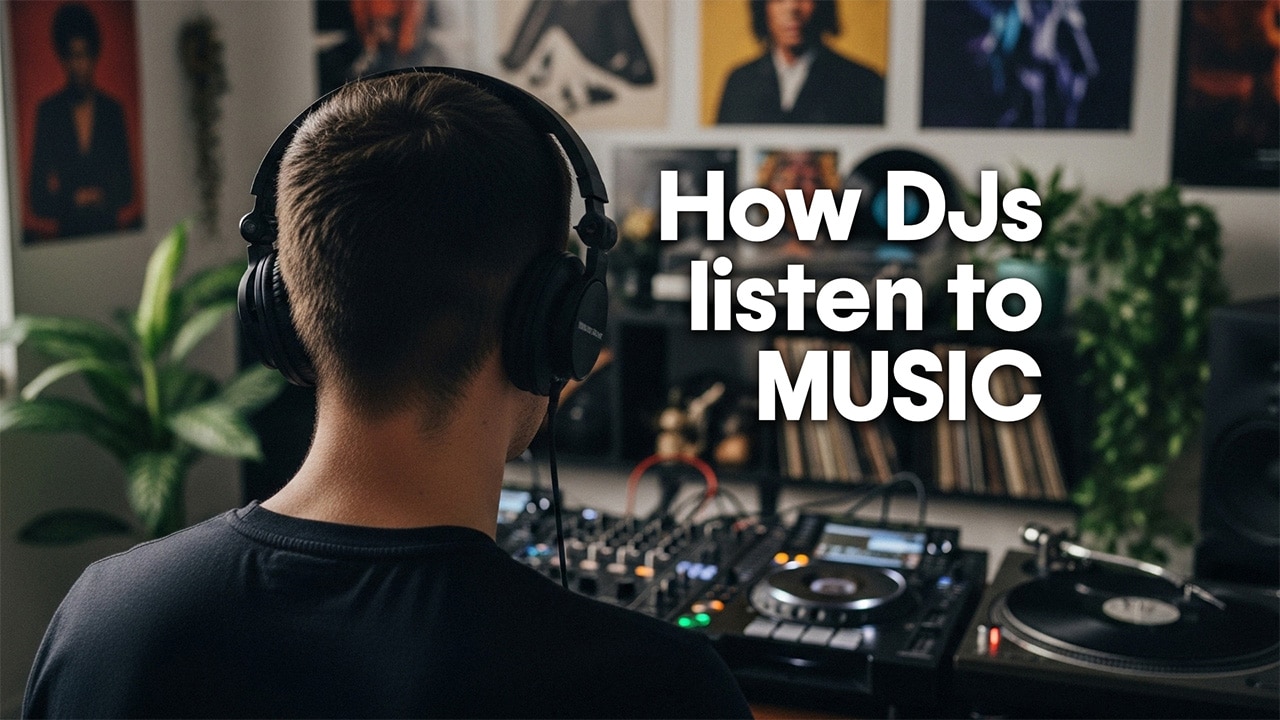
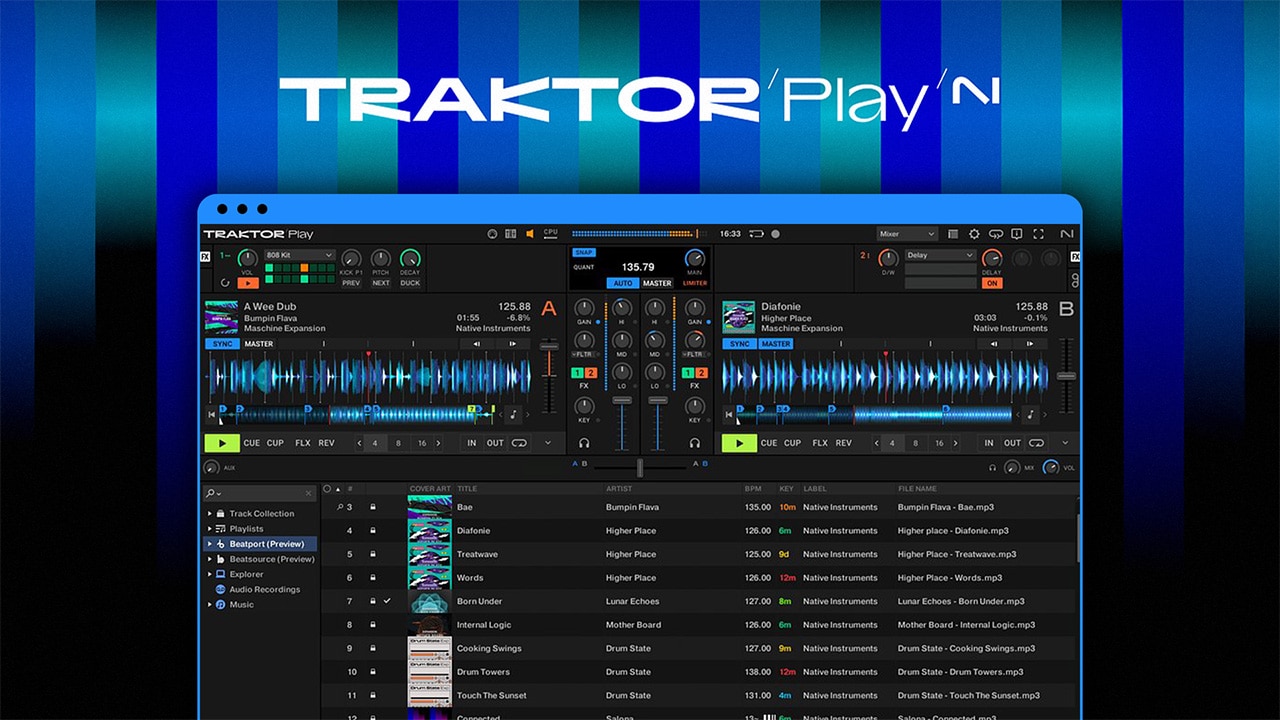
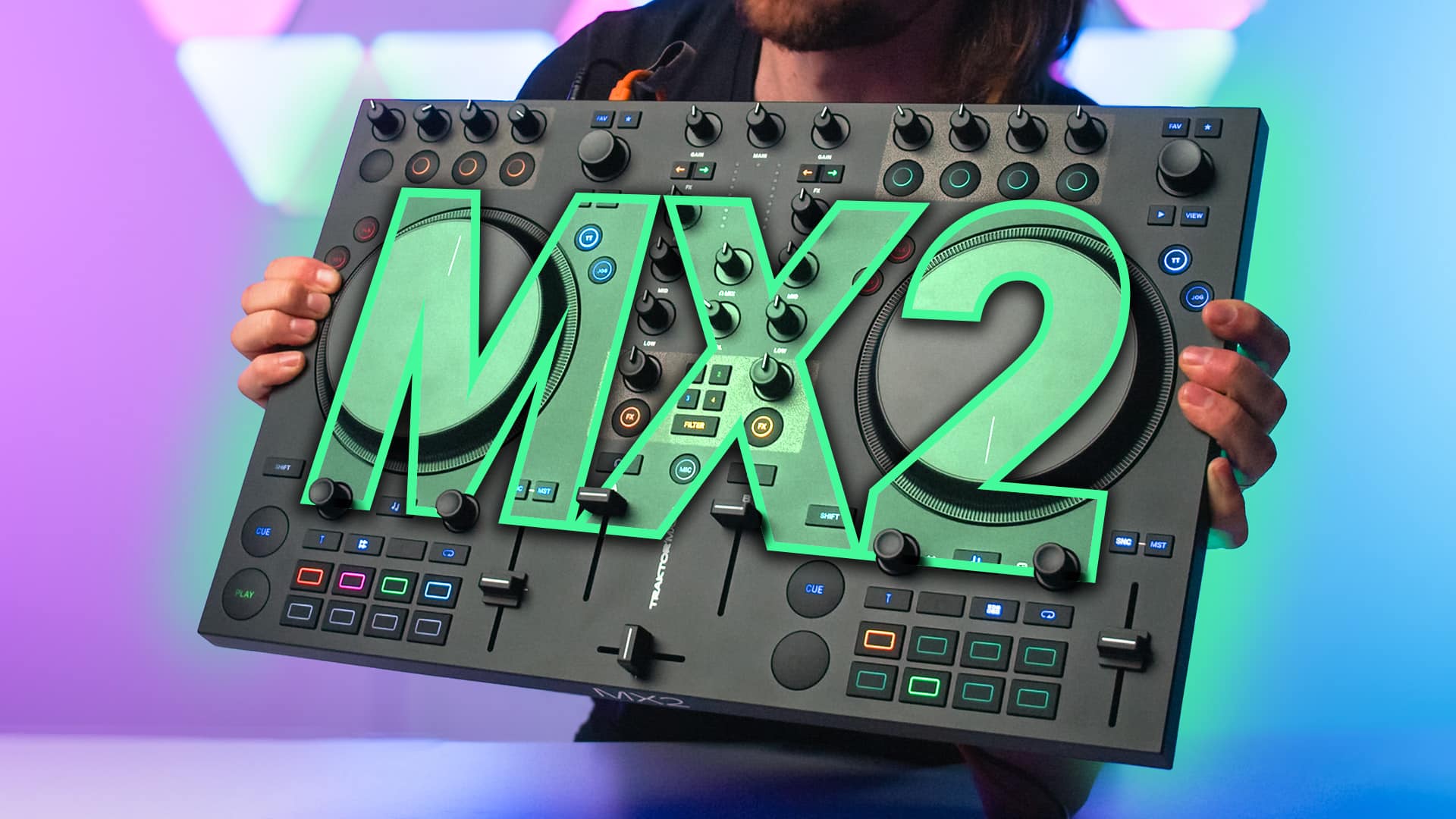
0 Comments